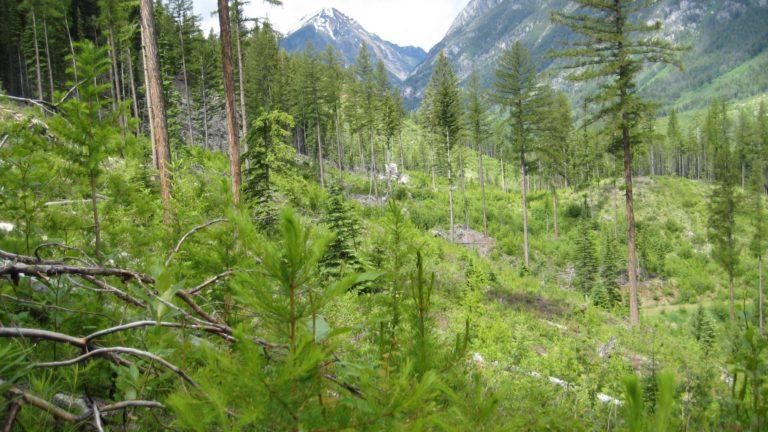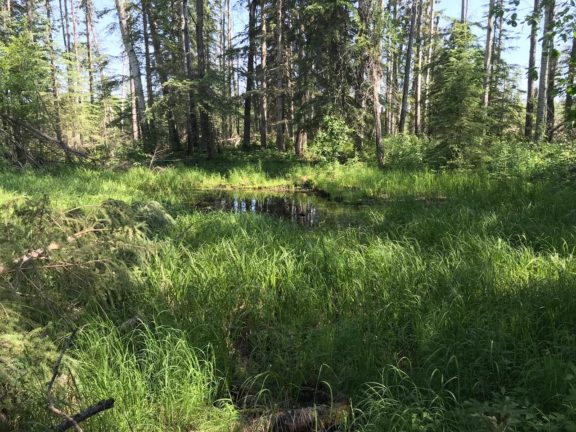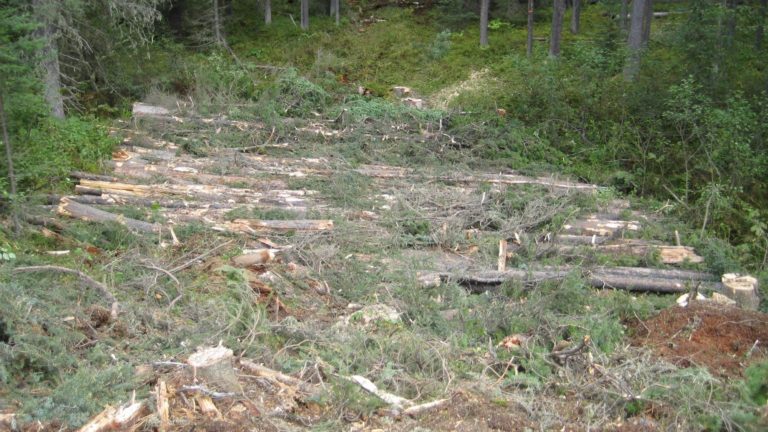Suggested Practices
As part of the WCSIC approach to outreach, several of the SFI Standard's objectives are promoted as key considerations for planning for land owners and land managers not currently certified as a SFI Certified Organization, yet are still interested in applying aspects of sustainable forest management within their planning process. These include but are not limited to: reforestation, riparian management, soil conservation, wildlife management and visuals management.
Reforestation

Prompt reforestation of land being managed for forestry will help to ensure successive crops of trees. Reforestation plans can detail the steps needed to successfully reestablish a plantation on your land. WCSIC member companies, on request, will provide a list of qualified resource professionals to assist you in developing a reforestation plan for your site. Note that seedlings generally need to be ordered at least one year in advance of planting dates.
Riparian Management

Riparian habitat (area adjacent to creeks, lakes and wetlands) is very important for protecting water quality and provides high value wildlife habitat. Special measures are often required in riparian habitat to ensure water quality and habitat is managed on a sustainable basis. WCSIC Program Participants, on request, will provide a list of qualified resource professionals to assist you in preparing prescriptions to manage riparian habitat.
Soil Conservation

Protecting the soil resource is the key to long-term productivity of forestlands. Conducting operations in a manner that conserves the soil resource is critical to sustainable forestry. Operations should avoid conditions that create excessive rutting or compaction. Appropriate equipment should be used to minimize soil disturbance. The area in permanent roads, trails and landings should be minimized to maintain productive forestland. WCSIC member companies, on request, will provide a list of qualified resource professionals to assist you in managing the soil resource on your forestlands.
Wildlife Management

Managing forest lands for general wildlife features as well as specific management for endangered species are important components of sustainable forestry. We have available a guide for endangered species management that will be made available upon request. In addition we can supply a list of qualified professionals to assist you in developing wildlife management strategies.
Visuals

Managing harvesting operations to minimize visual impact is an important part of sustainable forestry. Operations on private land may impact the views of many individuals and communities. The WCSIC recommends that the visual impact of harvesting be considered in all cases, and in visually sensitive areas, a consultant who is knowledgeable in visual management techniques be retained.